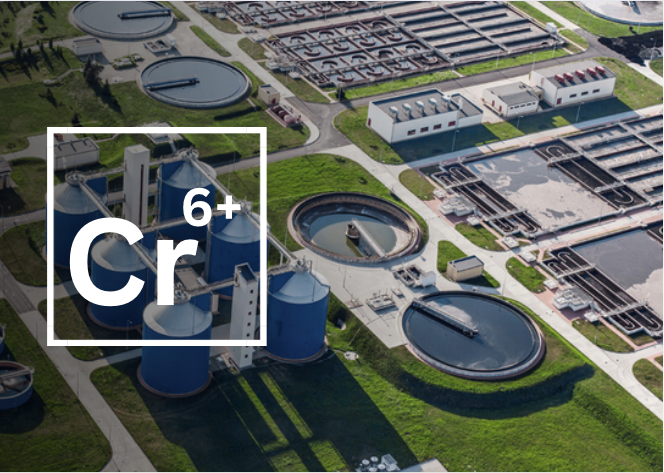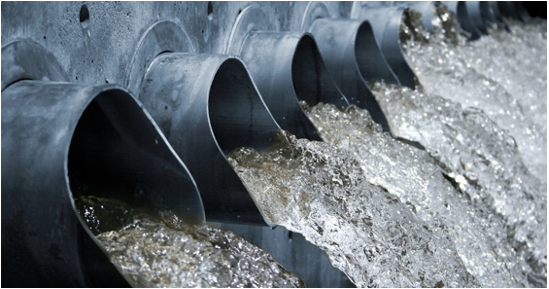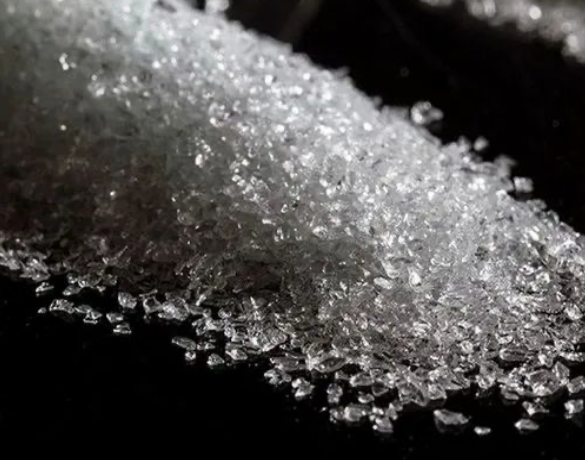
WHAT IS CHROMIUM?
Chromium is a chemical element that is commonly used in industrial processes. Trivalent chromium (Cr(III)) and hexavalent chromium (Cr(VI)) are two forms of chromium that are often present in wastewater from electroplating, tannery, and other industries. Both forms of chromium can pose a risk to human health and the environment if they are not properly treated before being discharged into water bodies.
CHROMIUM IN EFFLUENT TREATMENT PLANTS (ETPs):
The presence of chromium in wastewater can be particularly problematic for Effluent Treatment Plants (ETPs). ETPs are designed to treat wastewater before it is discharged into water bodies. However, if the ETP is not equipped to handle chromium, the treated wastewater may still contain high levels of chromium, which can cause harm to aquatic life and other living organisms.
CHROMIUM REMOVAL BY ION EXCHANGE PROCESS:
One effective method for removing chromium from wastewater is ion exchange. Ion exchange is a process where ions are exchanged between a solid material (the resin) and a liquid solution (the wastewater) to remove contaminants.
The Ion exchange process for chromium removal involves the following steps:
- The ion exchange resin process involves passing the water through a column filled with resin beads.
- When the wastewater is passed through the ion exchange column, the chromium ions in the wastewater are attracted to the functional groups on the resin.
- The chromium ions are then held by the resin while other ions, such as sodium or potassium, are released in exchange.
- This process effectively removes chromium from the wastewater, producing treated water that is safe for discharge.
Types of Chromium removal Ion Exchange Resin:
- Strong base anion exchange resins are effective at removing both trivalent and hexavalent chromium from wastewater. These resins work by exchanging hydroxide ions (OH-) with the chromium ions in the wastewater, producing insoluble chromium hydroxide that can be removed by filtration.
- Chelating resins are designed to specifically remove hexavalent chromium from wastewater. These resins contain functional groups that form stable bonds with the hexavalent chromium ions, effectively removing them from solution.
In conclusion, chromium is a common contaminant in wastewater from various industries, and it can pose a significant risk to human health and the environment. Ion exchange is a proven method for removing both trivalent and hexavalent chromium from wastewater.
Strong base anion exchange resins and chelating resins can effectively remove chromium from wastewater and produce treated water that is safe for discharge. ETPs can benefit from incorporating ion exchange technology to effectively manage chromium in their wastewater treatment processes.
Get in touch with us at info@purewaterent.net, to know more about our offerings in Ion exchange resins and how we can help you with your water challenges!







About The Author: Pure Water
More posts by Pure Water